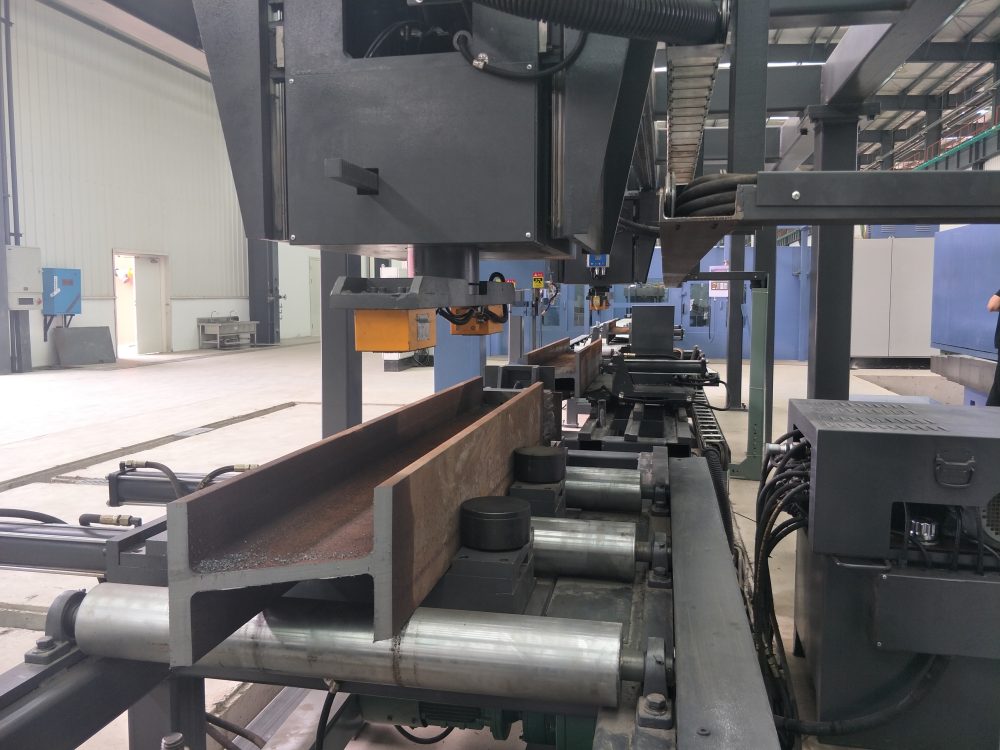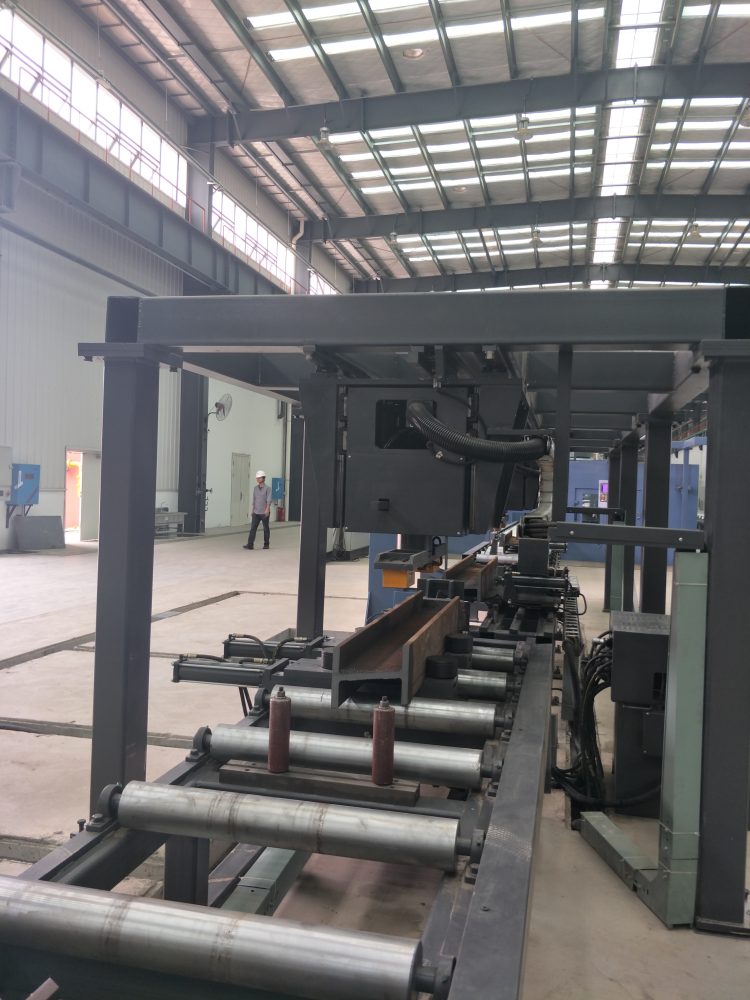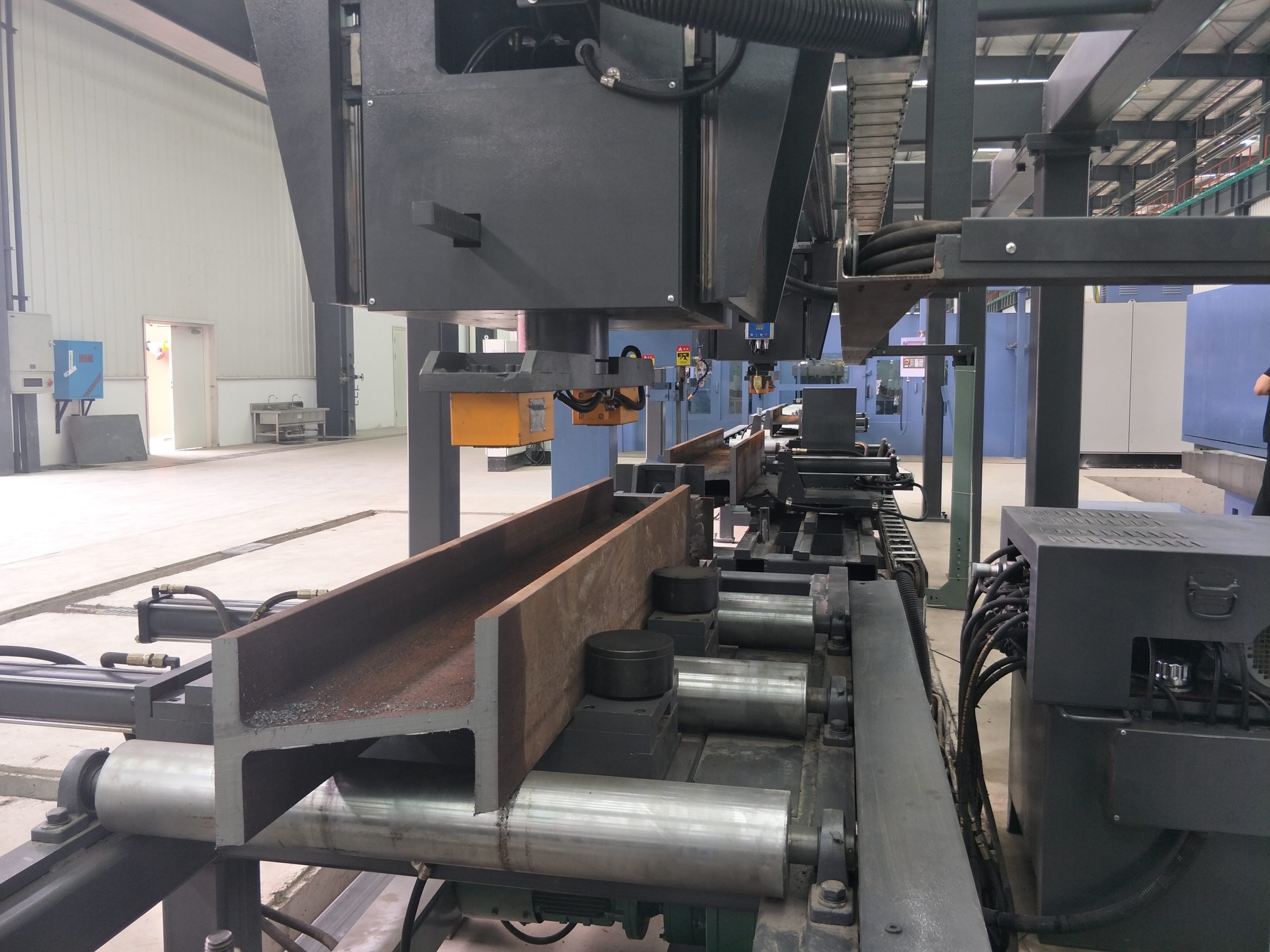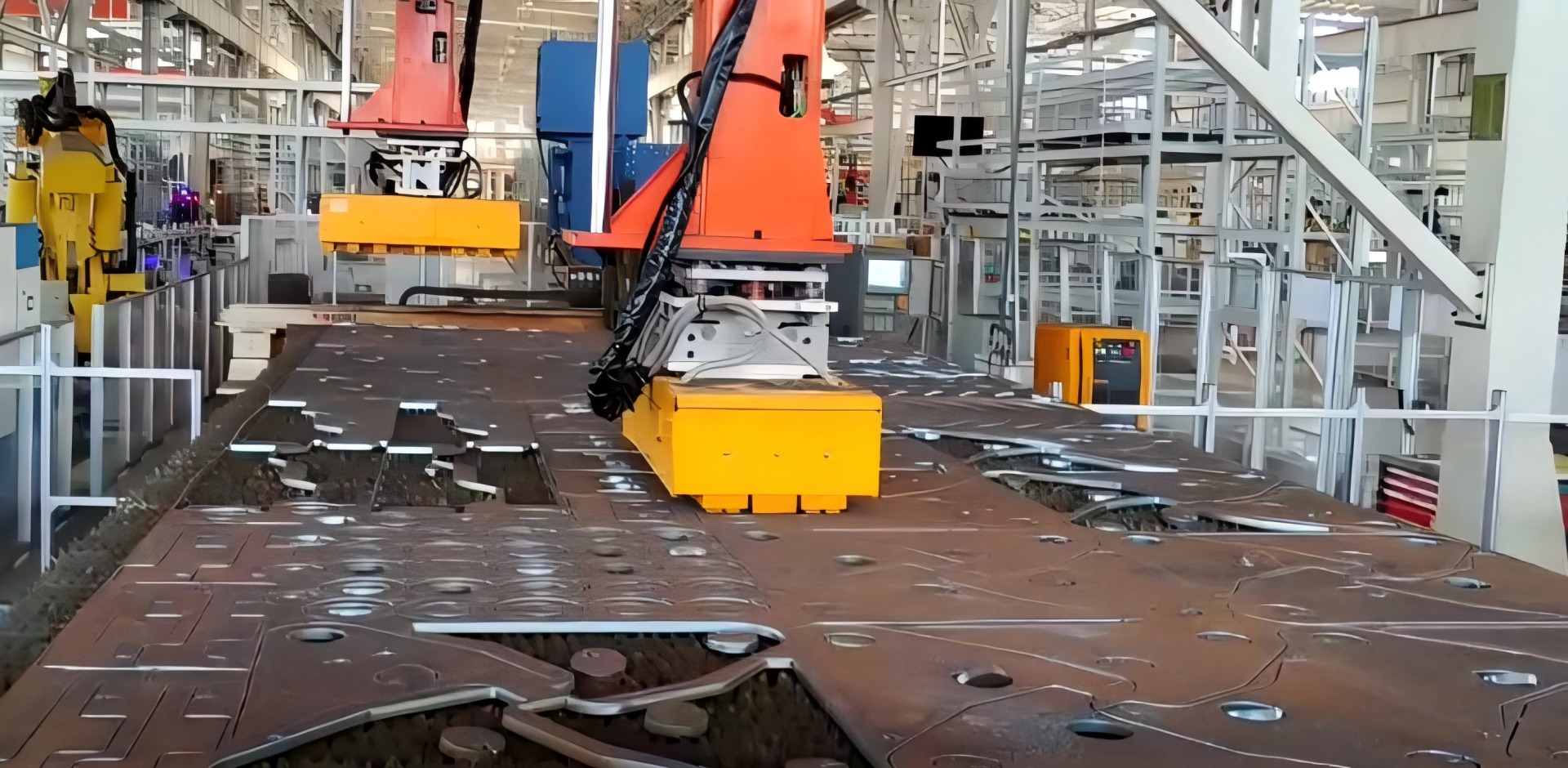In modern manufacturing, the efficiency of material handling is a cornerstone of productivity. Within steel fabrication and processing, the movement of H-Beams presents unique challenges, particularly as industries move towards full automation. This case explores the application of a specialized Magnetic Workholding System within an automated gantry system.

The Application: Automated H-Beam Transfer
The specific task involves the automated loading and unloading of H-Beams, each weighing between 100 and 200 kilograms. The solution integrates two of our HEPMP-1510P50 model electro-permanent magnets, configured as a combined end-of-arm tool for a gantry robot. This setup forms a cohesive and intelligent gripping system, designed to operate seamlessly within a robotic cell.
A Shift from Manual to Automated Handling
Traditionally, this process often relied on manual labor. Operators would be required to physically attach and position clamps or slings for each beam. This method was not only time-consuming but also introduced variability and physical risk into the operation. The transition to an electro-permanent magnetic system represents a fundamental shift in this workflow.
Inherent Advantages of the Electro-Permanent Magnet Solution
The core benefits of this technology are derived from its physical principles and integration capabilities.
Enhanced Process Stability and Product Integrity
Unlike mechanical clamps that require physical contact and can exert concentrated pressure, the magnetic lifter uses a powerful magnetic field to secure the workpiece from its center of mass. This non-contact gripping method effectively eliminates surface marring and potential structural deformation caused by mechanical forces. This leads to a more stable production process and a direct reduction in product rejection rates.
Significant Gains in Operational Efficiency and Safety
The integration with the gantry robot allows for a completely unmanned operation. What was once a two-person task is now fully automated. The system enables rapid positioning and consistent cycle times, resulting in a documented productivity increase of over 200%. Furthermore, by removing personnel from the direct handling of heavy loads, the risk of workplace accidents is substantially diminished, and physical strain is eliminated.
Improved Workspace and Layout Optimization
The automated and predictable nature of the robotic system allows for a more logical and compact production layout. The workspace becomes more organized and orderly, free from the clutter often associated with manual clamping equipment. This contributes to a cleaner, more streamlined industrial environment.






